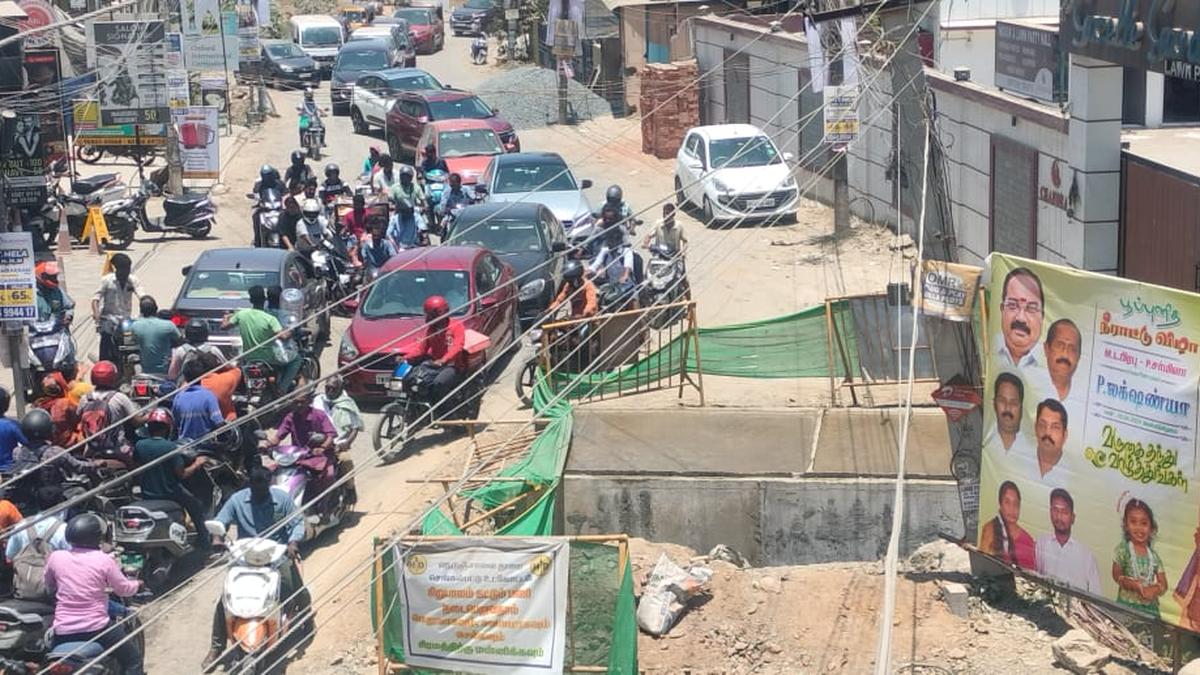On the back of its successful run in the 2020 Bihar Assembly election, the Communist Party of India (Marxist-Leninist) is hoping that it will be able to re-enter the Parliament from Bihar after a gap of nearly three decades.
The last time a CPI (ML) MP was elected from Bihar was in 1989, when Rameshwar Prasad won from Arrah. In the 2020 Assembly poll, the party won 12 of the 19 seats it contested. Its hopes are buoyed by the fact that it is part of the larger Opposition alliance, the Rashtriya Janata Dal-led mahagatbandhan.
The CPI (ML) is contesting three Lok Sabha seats — Arrah, Nalanda and Karakat — which go to the polls on June 1. Arrah is the only seat where the CPI (ML) is pitted against the BJP. In Nalanda, it is facing the JD(U) and in Karakat, its candidate will take on the Rashtriya Lok Samata Party chief Upendra Kushwaha.
Shifting Kushwaha votebank
If the Assembly election results were superimposed on the 2024 battle, the party would be best placed in the Karakat Lok Sabha constituency, as all the six Assembly segments that come under this seat are currently held by MLAs from the mahagatbandhan; five with the RJD, and one with the CPI (ML).
In Bihar, where the voters are divided along caste lines, the CPI (ML) is banking not so much on the Assembly performance of the mahagatbandhan, but on its assessment that the Kushwaha votebank — which in the last few elections, both Assembly and general, leaned in favour of the BJP-led NDA — is shifting, especially in Karakat. Here, the battle lines are drawn between farmer leader Raja Ram Kushwaha of the CPI(ML) and BJP ally, Mr. Upendra Kushwaha.
“With two Kushwaha leaders in the race, there was already a division in the Kushwaha vote bank, which plays a decisive role here. Mr. Raja Ram has an edge, since he has a better ground connection,” a senior CPI(ML) leader said. The equation has been further muddled for Mr. Upendra Kushwaha with the entry of Bhojpuri singer Pawan Singh into the fray. A significant chunk of Rajput voters are expected to support Mr. Singh, further skewing the balance.
Mr. Raja Ram Kushwaha, though, wants to underplay the caste angle. “This is a fight to reclaim democracy,” he told The Hindu. “Yes, caste is important, but this is a far larger battle. The State machinery has been captured by a few and it is a contest to repossess it.”
Anti-incumbency factor
CPI (ML) general secretary Dipankar Bhattacharya insists that the party is evenly placed in each of the three seats.
In the Nalanda Lok Sabha seat, for example, there is an accumulative anti-incumbency factor playing out against both the sitting MP and the ruling JD(U). Since the 1996 general election, the seat has been continuously held by the JD(U)‘s precursor, the Samata Party, and then the JD(U) itself.
CPI (ML) MLA Sandeep Singh is in the fray in Nalanda, with the party also pinning its hopes on the mobilisation of Mallah voters by another mahagatbandhan constituent, Mukesh Sahani’s Vikasheel Insaan Party.
“Not just us, in this election, the whole alliance will perform well, because the electoral scene of Bihar has undergone a transformation in the last four years since the 2020 Assembly polls. We are equally hopeful for all the three seats,” Mr. Bhattacharya said.
The CPI (ML) estimated that it has the strongest organisational presence in Arrah, but concedes that it will face an uphill task there. Out of the seven Assembly segments, three are with the RJD and two with the CPI (ML). Despite RJD support, however, the CPI (ML) could not pull off a win in the 2019 Lok Sabha election.

 1 week ago
124
1 week ago
124



